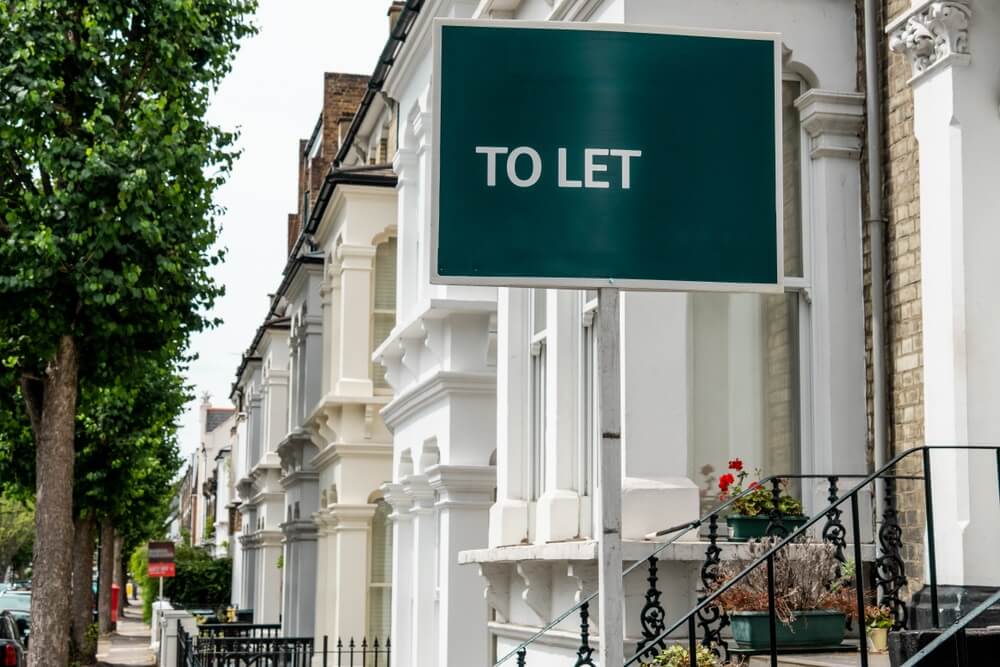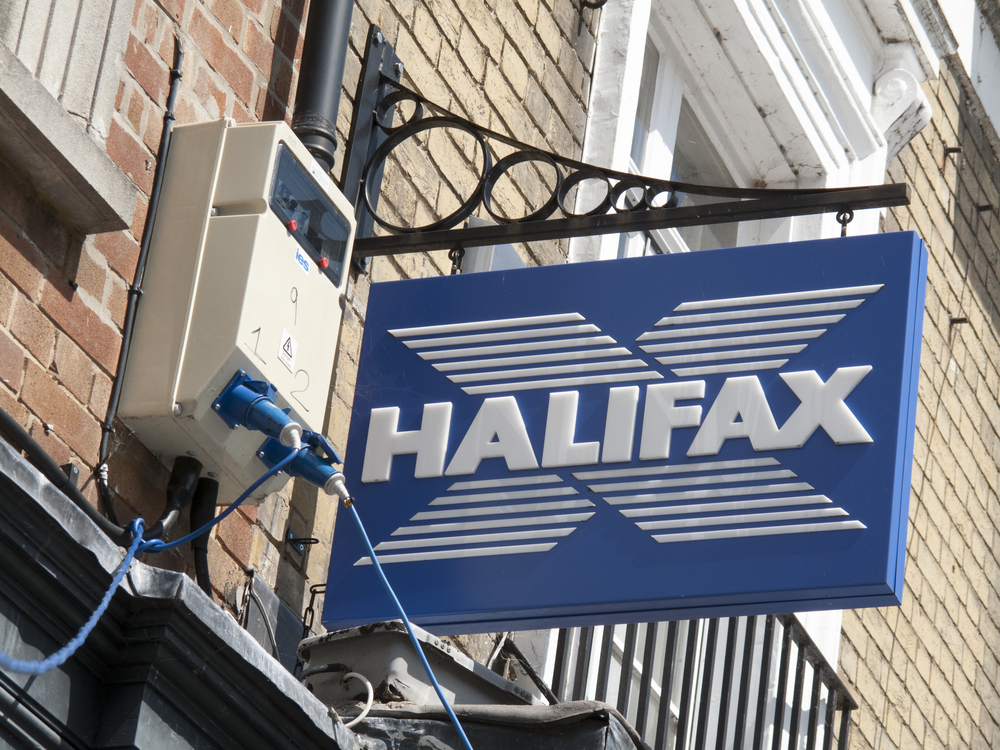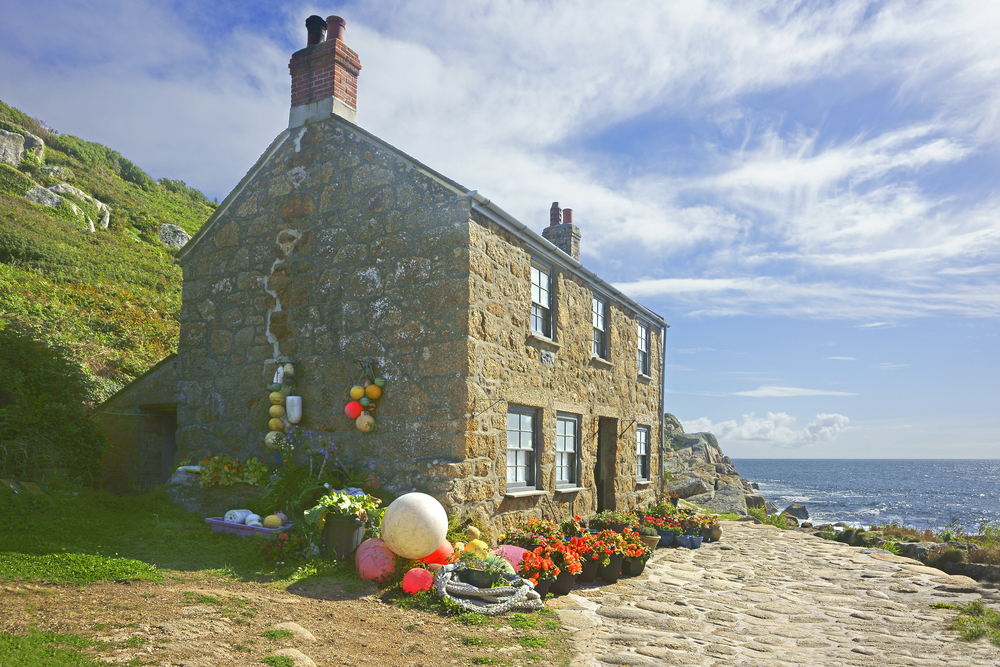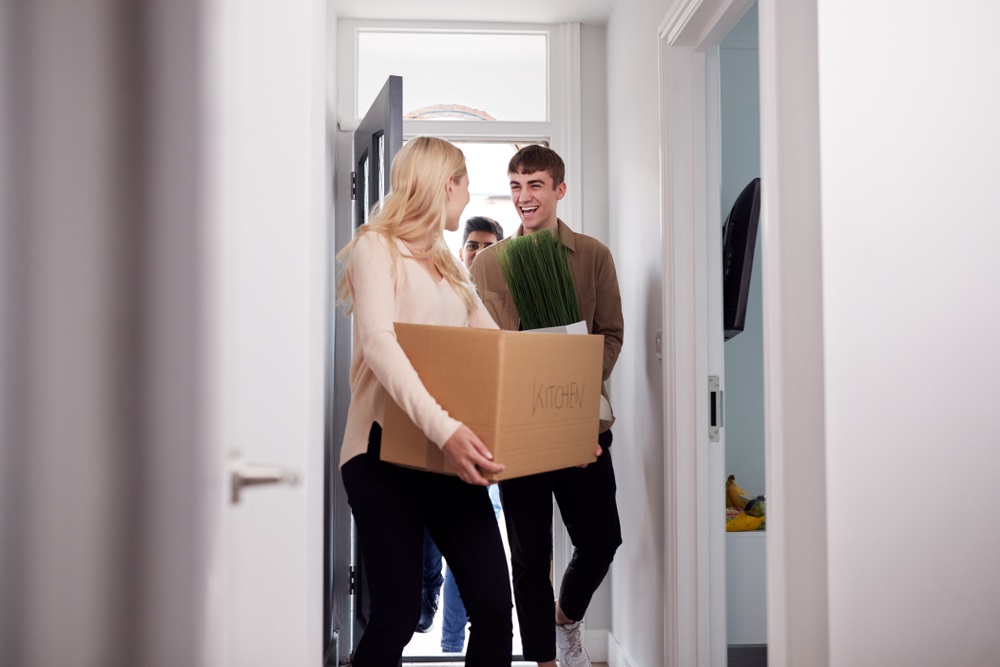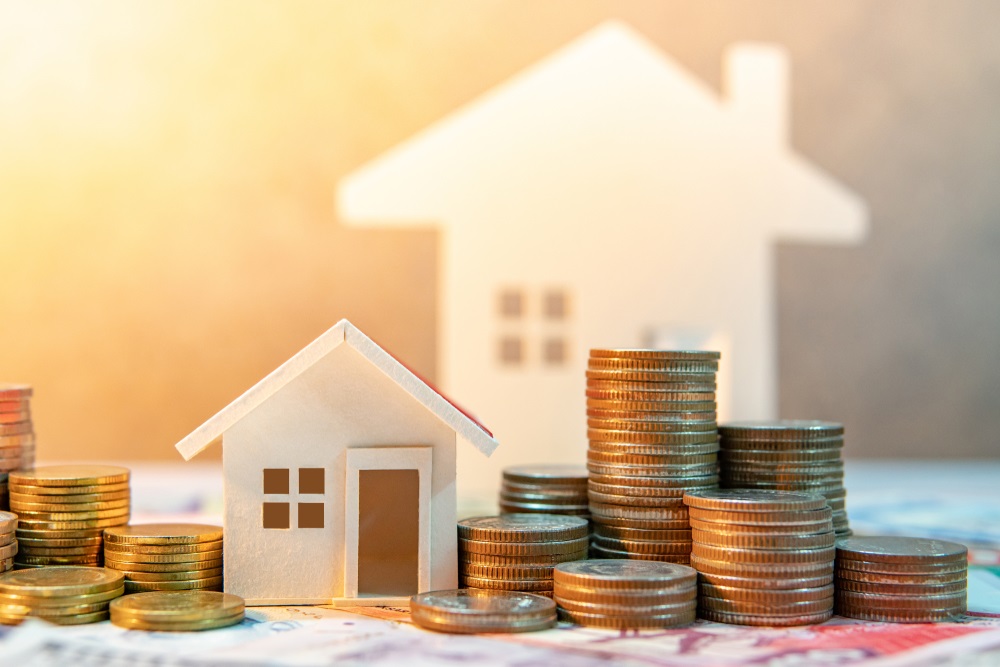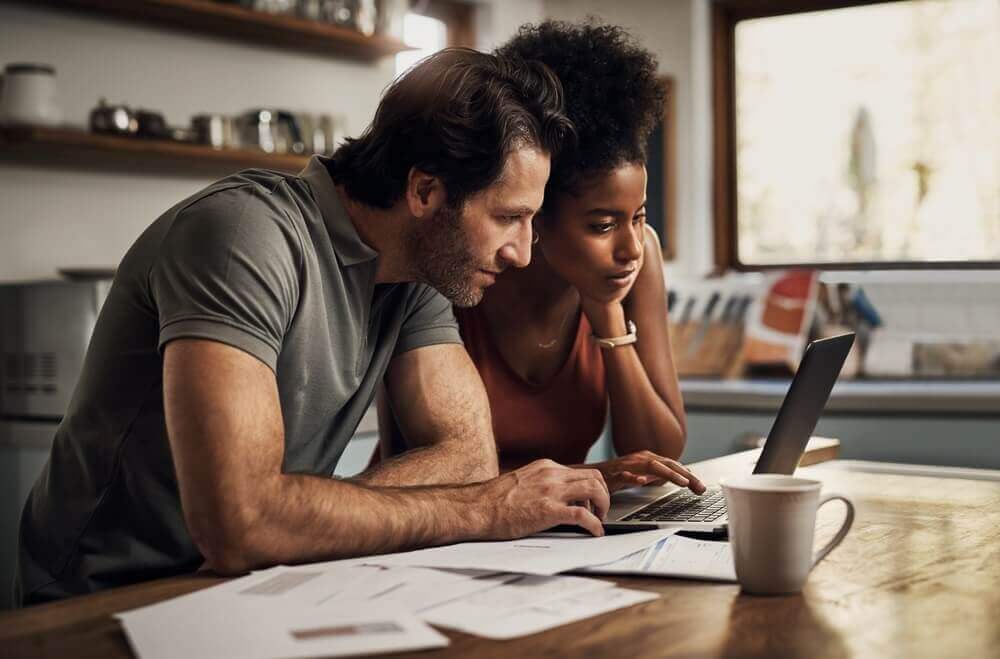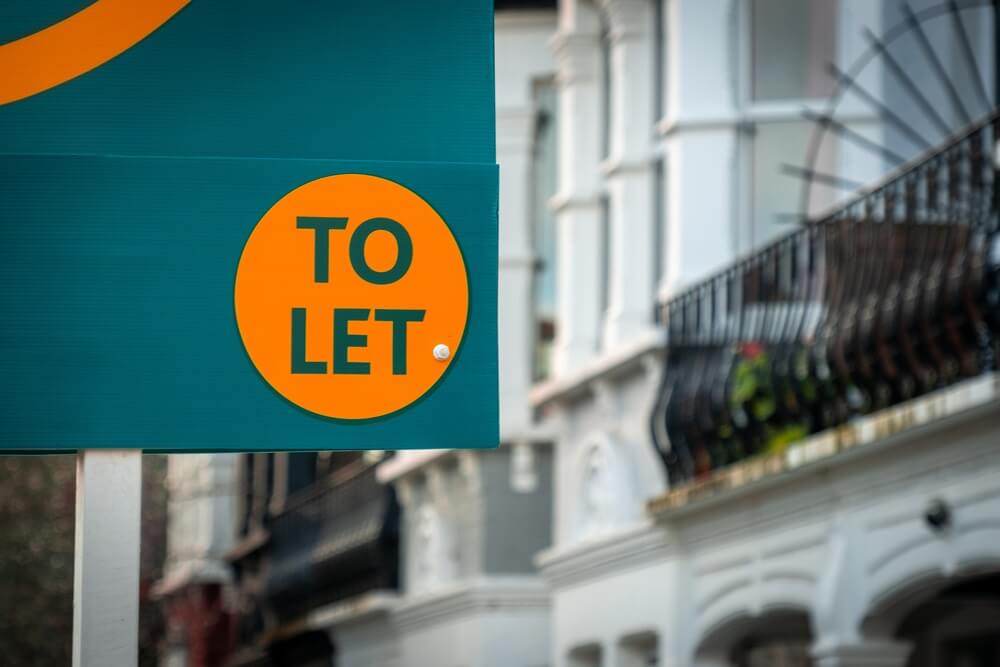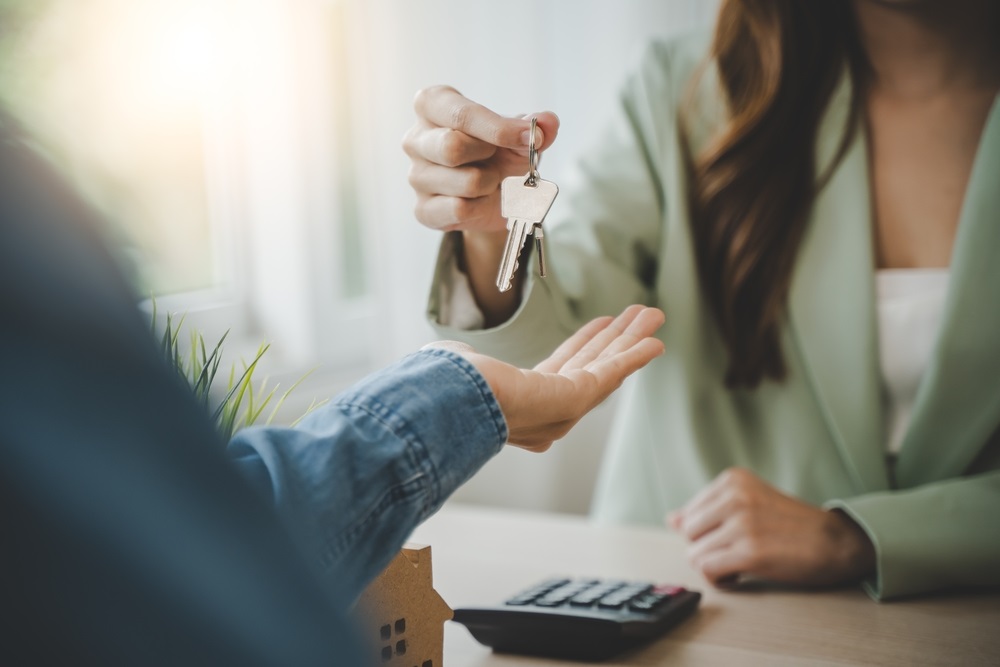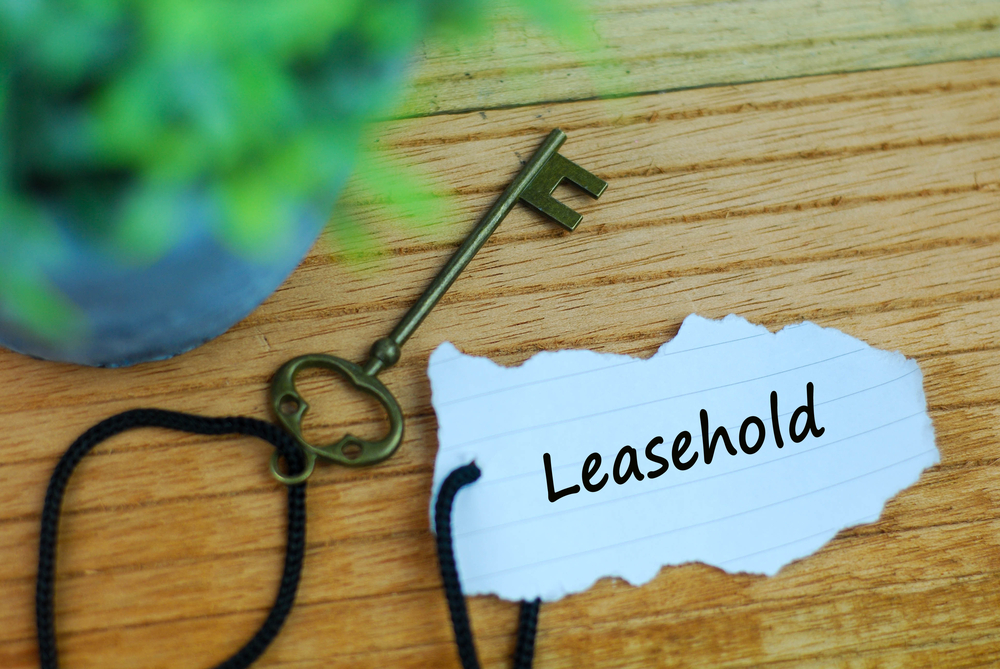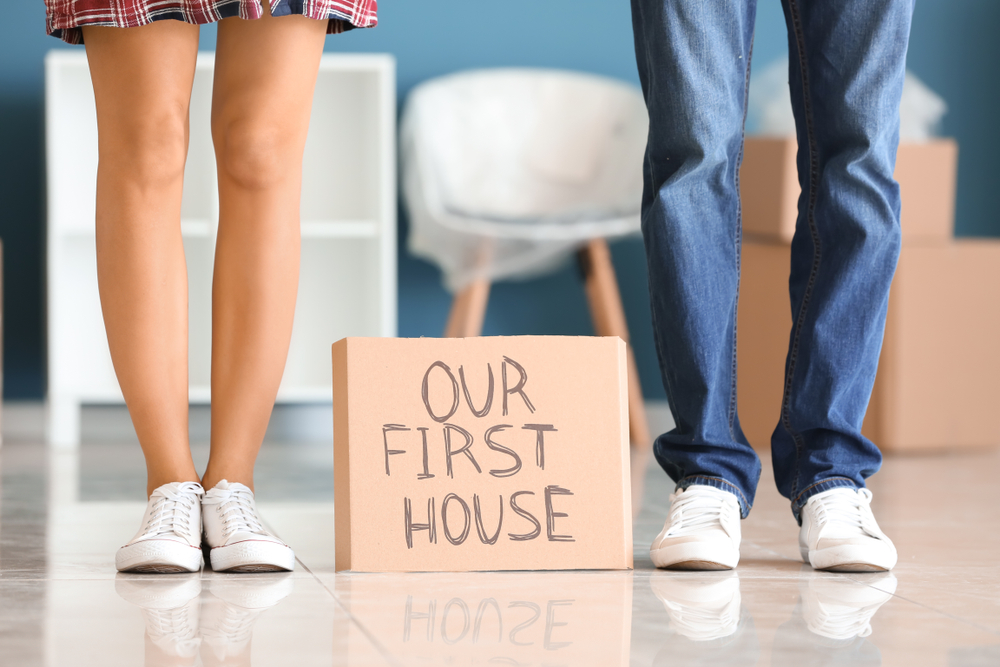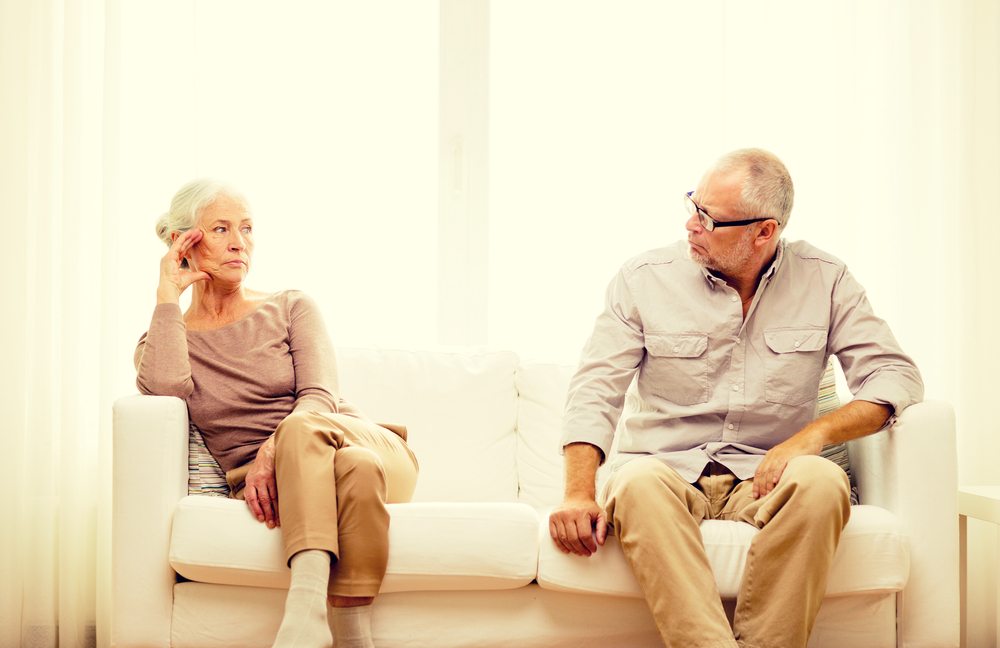Whether youre the kind of person who lives in a permanent state of anxiety about the environment or not, the fact our homes produce roughly 30 per cent of the UKs carbon dioxide emissions can still be a shock.
But the enormous amounts of energy used to produce light, heating and all our other basic needs mean our homes continue to stamp a heavy ecological footprint.
Alison Rolls of Norwich & Peterborough Building Society says: People are starting to look at greener living, starting with recycling, and then considering what the next step might be. It could be anything from photovoltaic tiles that convert sunlight to electricity, to an energy-saving gas-condensing boiler.
The utility companies keep announcing hair-raising increases to both gas and electricity prices which are likely to make more homeowners consider cost-cutting measures, green or otherwise.
And the governments commitment to green policies has been steady, although the last Budget received a particularly good response from green activists.
In March, Chancellor Gordon Brown announced £1 billion of funding for environmental research and several other measures to boost energy-efficiency in homes.
A government partnership with energy companies has plans to insulate up to 250,000 homes for those on low incomes this financial year; £5 million of funding was announced to boost awareness of energy consumption with smart meters which will highlight energy use to homeowners on a day-to-day basis; and plans are also being laid to expand energy-efficiency labelling to all domestic appliances, not just white goods.
Newbuild homes are the focus of many of these new regulations, for example with spray taps and dual-flush toilets shortly becoming mandatory, alongside plans to air-pressure test homes to produce simple energy performance results, allowing house-hunters to compare properties energy-efficiency.
Paul King, spokesman for the World Wildlife Funds One Million Sustainable Homes campaign, says: Sustainable homes are essential if we are to cut the UKs CO2 emissions and make efficient use of increasingly scarce resources such as water. Sustainable homes will also save people money.
Living the dream
But what kinds of people are buying into green dream homes?
A mixture really, but not always what you might expect, says the architect of the Great Bow Yard development in Somerset, Rob Delius from Stride Treglown.
The majority are middle-aged or retired and want something a little different. There are also more female buyers than men but not many young families. A lot of the buyers have made a deliberate choice that they want something special.
One-bedroom flats are going for a locally relatively affordable £110,000, rising to £360,000 for a four-bedroom home.
Each home has up to three times the insulation of a normal house, which leads to a dramatic reduction in fuel expenditure, says Delius.
Bills will be cut by half and the homes with photovoltaic solar panels in the roof will see even more substantial savings.
But for developments like the Great Bow Yard development in Somerset to become mainstream, UK homebuyers need to make the psychological leap to paying a little more upfront for their homes, to reap the rewards through lower bills over the longer term.
Brownfield turns green
Sales manager Ben and full-time mother Merry Albright from Herefordshire became another of the 20,000 self-builders in the UK last year, but they decided to make environmentally friendly features their top priority.
Their house is built on an old industrial (brownfield) site; it included an old air-raid shelter and is their second self-build.
Ben and I have always been interested in ecology and sustainability, said Merry.
She adds: We buy local meat and vegetables, organic milk and bread and Fairtrade tea and sugar so when we built our cottage we knew we wanted to minimise our environmental impact.
The Albrights installed a high-performance super-insulator and under-floor heating, which heats up the stone floors, increasing energy efficiency.
The family buys electricity and gas from a supplier called Good Energy which only buys from renewable sources, and the house is designed with solar panels on the south- facing roof and a black floor inside to absorb the suns heat.
It was also important to us that we used natural, recyclable, reclaimed or renewable materials throughout the house, such as lime render and mortar, a green oak frame and copper guttering. We bought as many locally made products as possible to reduce transportation, including a wood-burning stove that has the capacity to heat our entire house within a few hours, says Merry.
Self-building is both a huge opportunity and a huge luxury, but it is possible to be ethical and ecological without being incredibly rich or slightly strange.
The Albrights house won Norwich & Peterborough Building Societys Eco-Self-Build Competition and a cheque for £5,000

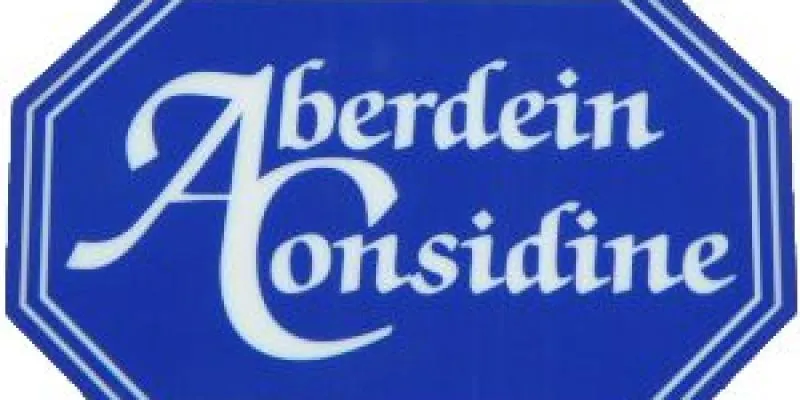
 Buy-to-let
Buy-to-let
